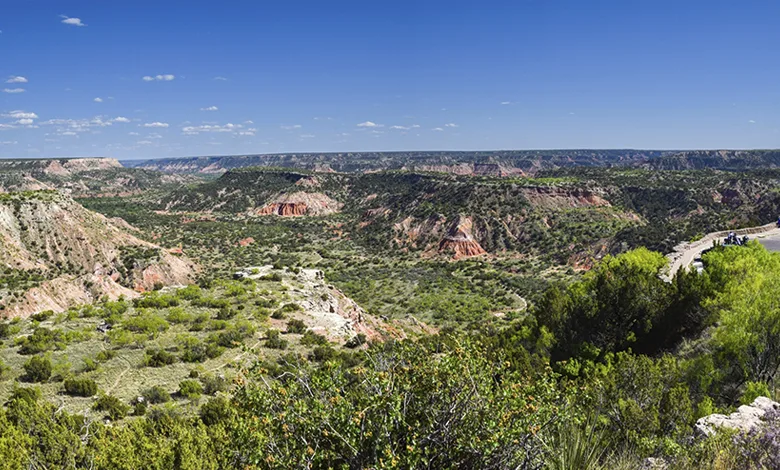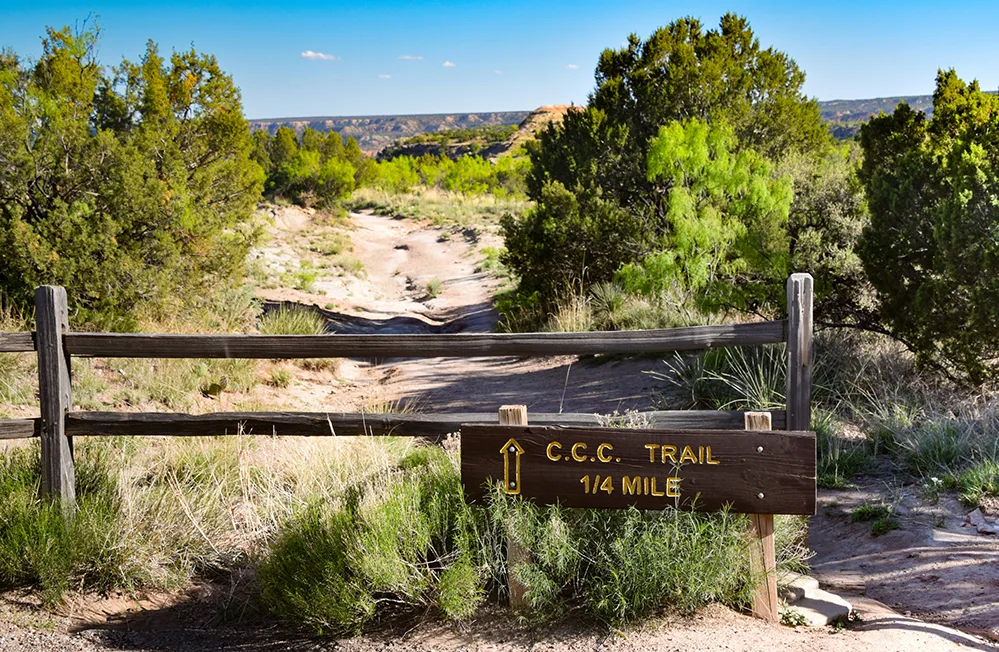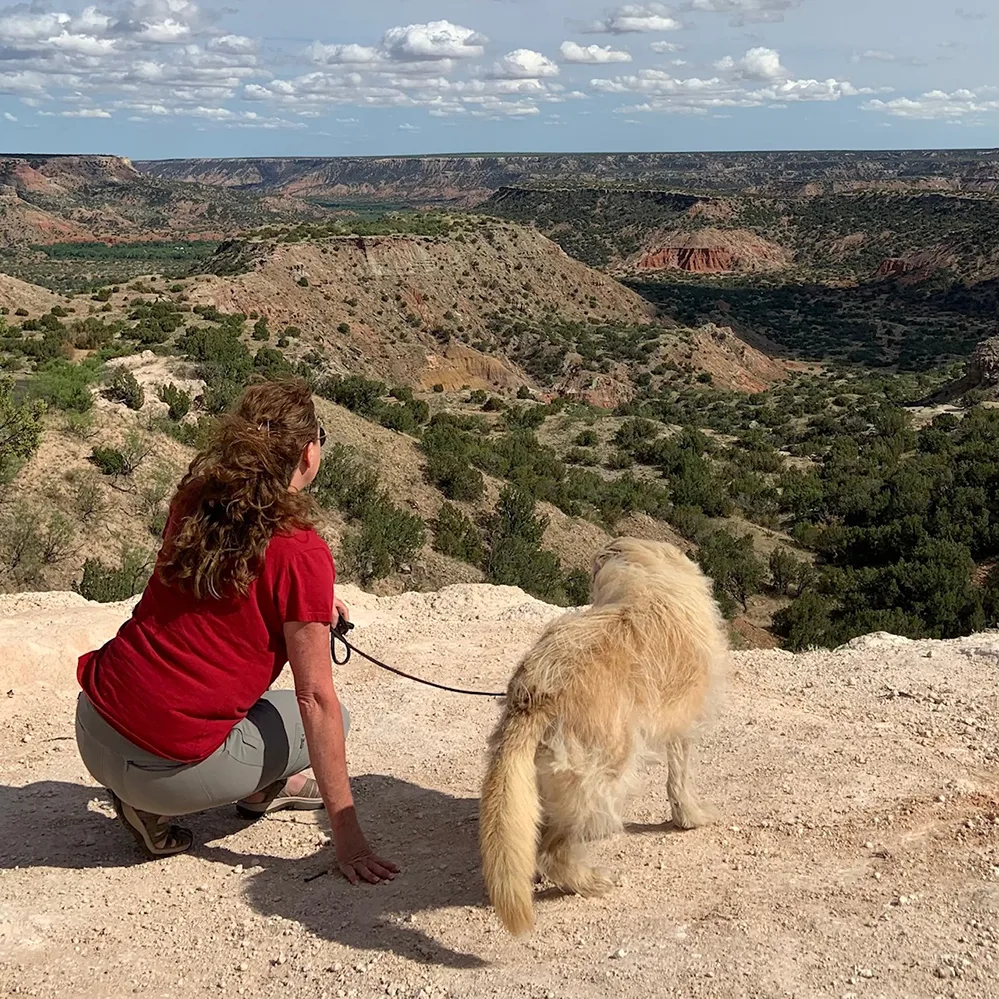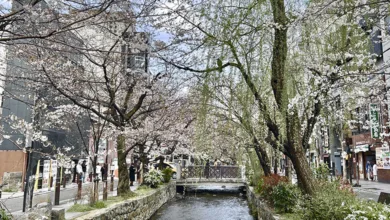Take a Hike! Explore Palo Duro Canyon, Texas
Trails, History, and Stunning Canyon Views

Considering its vast size, it might surprise you that Texas is home to only two National Parks – Big Bend and Guadalupe Mountains. If the U.S. National Park Service ever considered adding a third, Palo Duro Canyon would undoubtedly be a top contender—assuming the federal government could pry it away from the Texas State Parks system. As the second-largest canyon in the United States, it’s no wonder this stunning natural wonder is often called the Grand Canyon of the Lone Star State.
Palo Duro Canyon offers a rugged escape about a half-hour drive south of Amarillo in the Texas Panhandle. Summer hikers should prepare for intense heat and little shade. During those scorching months, take appropriate precautions, but winter, early spring, and late fall are ideal for more enjoyable trekking. The park features over 15 trails stretching across 30 miles, weaving through its stunning 30,000-acre expanse.
We started our visit at the visitor center, arriving just as it closed. The manager graciously invited us to explore and offered to answer a few questions. It’s the perfect place to begin your adventure, with a spectacular view of the canyon rim visible right from the parking lot.

Turning right onto Park Road 5 from the visitor center, the road meanders for about a mile before reaching a small parking area on the right, marked by a sign for the “C.C.C. Trail ¼ mile.” This is the starting point for the short Triassic Trail, which stretches about a quarter mile before connecting with the longer CCC Trail at its midpoint. For detailed navigation, a map of Palo Duro Canyon State Park trails can be downloaded from the park’s website.
The Civilian Conservation Corps, or CCC, was a New Deal program created during Franklin D. Roosevelt’s presidency to provide jobs for unemployed Americans during the Great Depression. The CCC’s contributions to Palo Duro Canyon include a road to the canyon floor, trails, picnic areas, footbridges, cabins, and the visitor center itself.
The Triassic Trail is an easy half-mile round trip over rocks and uneven terrain, leading to breathtaking bluff views. Following the canyon rim, the trail offers a bird’s-eye perspective of the cars winding down the basin road below, where the Pioneer Amphitheater hosts popular outdoor events throughout the year.

Pets are welcome at Palo Duro Canyon State Park but must be kept on a leash during hikes. This protects the park’s resources and keeps your furry friends safe. The cactuses scattered along the Triassic Trail can leave an unforgettable impression on dogs that wander too close!
For accessibility, the park offers an all-terrain wheelchair that can be reserved in advance for use on select trails. Visitors should also be prepared for the region’s notoriously gusty conditions—nearby Amarillo ranks among the windiest cities in the U.S.
For other easy trails, try the Pioneer Nature Trail, a 0.4-mile loop leading to the river, or the scenic Paseo Del Rio Trail, a 2-mile out-and-back route that follows the riverbank.
Adventurous hikers will find plenty of challenges, including the CCC Trail, which features a rugged descent into the canyon’s valley. Built nearly 90 years ago by the Civilian Conservation Corps, this historic trail is a tribute to the hardworking men who shaped this remarkable, less-traveled gem of the Texas State Parks System.






